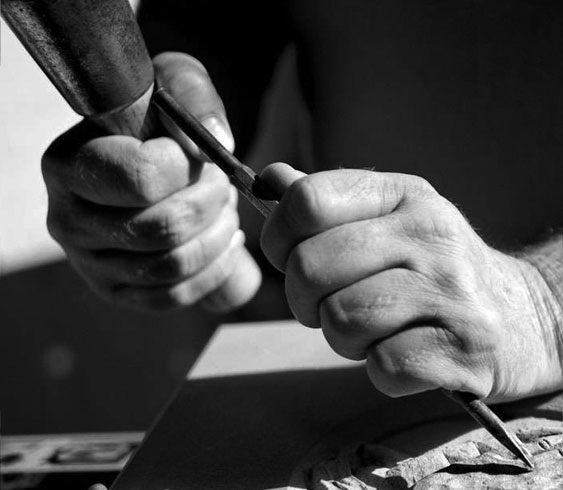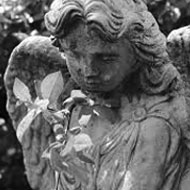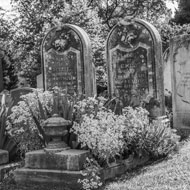1. The foregoing Regulations have been prepared in consultation with the Diocesan Advisory Committee for the Care of Churches after examination of the practice in other dioceses and of the Specimen rules contained in the Churchyards Handbook, 3rd edition, 1988 (Church House Bookshop, 31 Great Smith Street, London SW1P 3BN - £4.95). They will come into operation throughout the Diocese for new applications with effect from 1st July 1992, and will replace the Churchyard Regulations of 1st October 1990.
2. A copy of the Handbook should be provided by the PCC for every church with a churchyard.
3. There may be special Rules made by the PCC affecting your churchyard particularly in respect of any Garden of Remembrance. Enquiry should be made of the incumbent.
4. The purpose of the Regulations is:- a) to clarify the legal position respecting the erection of memorials and other matters which may require authorisation by faculty or otherwise; b) to ensure that the distinctive character of a churchyard will be preserved and that anything placed in it will be of good design and in harmony with the surroundings; c) generally to promote the care and maintenance of churchyards in accordance with a consistent policy throughout the Diocese. (The foregoing rules apply to memorials in the churchyard, or in any burial ground in the care of the PCC. Permission for memorial plaques attached to the fabric of the Church always require a faculty, which is sparingly granted and only where special reasons exist.
1. Any application for faculty should be obtained from and returned to the Secretary, Diocesan Advisory Committee, Diocesan House, Palace Gate, Exeter EX1 1HX. Any particular matters which an applicant would wish the Chancellor to have in mind, in deciding whether or not to grant a faculty, should accompany the application.
2. The scale of fees authorised by the Church Commissioners applying to persons legally entitled to be buried in the churchyard may be consulted at the Church or on application to the incumbent.
3. For the purposes of these Regulations "incumbent" includes a priest-in-charge where appropriate. During a vacancy the incumbent's authority is delegated to the Rural Dean. It is not exercisable by sequestrators or churchwardens.


